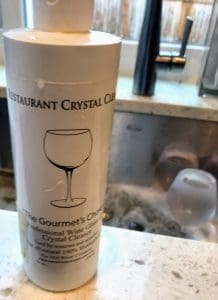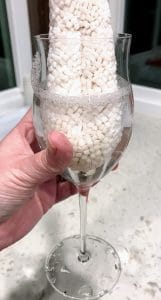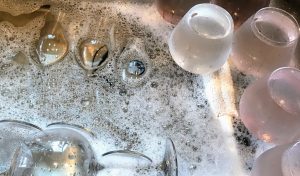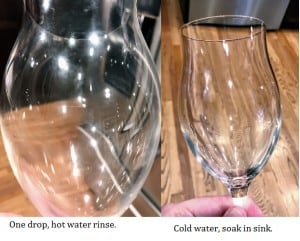James Melendez, aka James the Wine Guy, recently published a terrific little rant about the quality of wine glasses used at many tasting events and restaurants.

His post reminded me of one of my saddest wine moments. Several years ago, my wife accepted an offer at Amazon. To celebrate, we went out to dinner with friends.
We were going to a restaurant that had fantastic food but a pedestrian wine list so we brought along a bottle for corkage. That bottle was the 1997 Salon.
I was relatively young in my wine education at the time. So while I knew enough to recognize a crappy restaurant wine list, I was still too naive to realize that crappy wine list=crappy stemware. (Of course, I know that a great wine list doesn’t always equate to great stemware.)
So we ended up drinking this fabulous bottle of Champagne from…this.
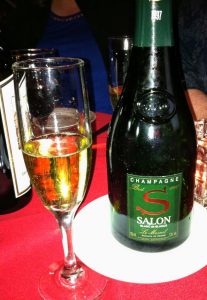
Yeah, it was pretty sad.
Needless to say, I certainly didn’t feel like I got my money’s worth. The Champagne was drinkable. But I honestly wonder if I would have gotten the same amount of pleasure drinking a Mimosa made from a Spanish Cava at that moment.
Later on, I would have the 1997 Salon again in much better stemware. The experience was worlds apart. I know that bottle variation and aging played some role in that but the stemware did too.
Now given how much we know about how the shape of the glass impact our perception of a wine, you have to wonder why so many wine events, restaurants and wineries settle for crappy stemware.
Yes, I know breakage is a concern.
But there has to be a trade-off in the cost of the wine glasses versus the cost of lost sales.
I don’t think every winery needs to invest in the top of the line Zaltos or Riedels. But there is plenty of decent stemware available in the $9-15 range that would be a considerable step up from these $2-5 goobers.
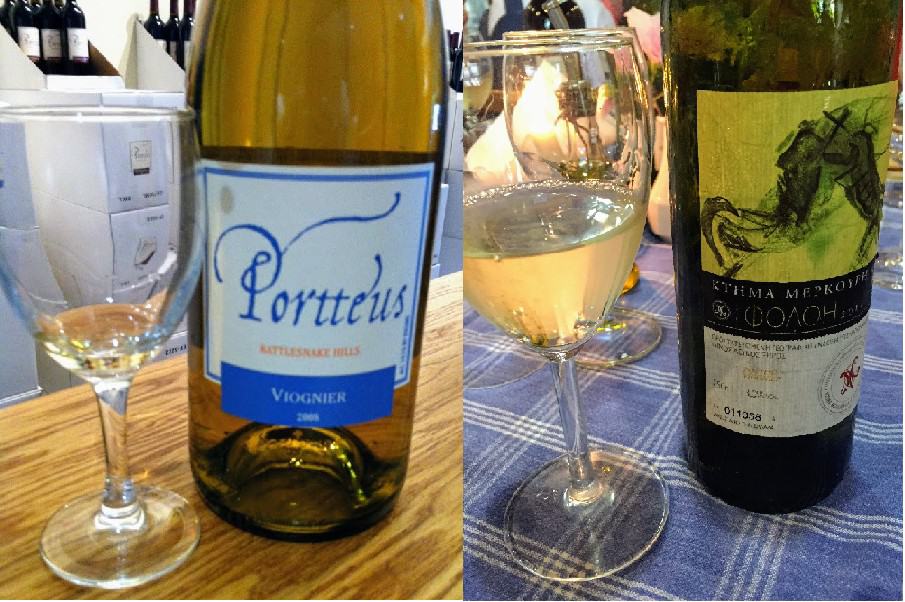
I enjoyed both of these but I only bought one bottle of the Greek white. And, honestly, I bought it more for the novelty than the quality.
The current release of the Portteus Viognier is around $15 a bottle. If better stemware helped this winery sell only a case more a month, that would be an extra $2160 in sales a year.
If we went with $15 glasses like these Schott Zwiesel Concerto Burgundy glasses (which would likely be cheaper buying wholesale in bulk), the winery would have to break 144 glasses to wipe out the revenue of those extra sales.
As someone who has dropped an entire dish rack of 25 glasses (only broke 18 of them!), I know that is possible. But not probable.
Putting your best foot forward
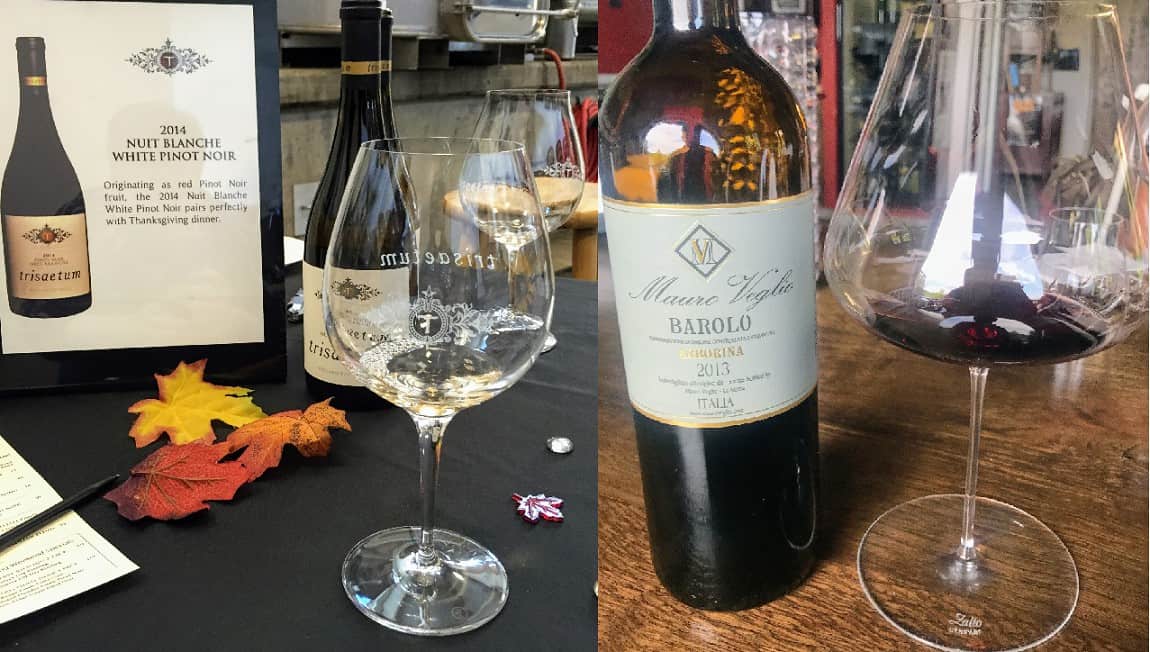
I bought way more than $15 worth of extra wine at these places.
Of course, the quality of the wine was there but the stemware allowed that quality to shine.
Wineries devote so much care and passion into making the best product they can. Why waste all that of by presenting your labor of love in anything but the best possible light?
In many ways, presenting your wines to consumers is like a job interview. You wouldn’t show up in sweatpants and expect a favorable response. Why do we think that presenting wine in “sweatpant stemware” makes any more favorable of an impression?
Treating your stemware as an afterthought is essentially sending the message that your wine is an afterthought as well.
And don’t get me started about wine events.

My apologies to any winery that has ever had their wines poured for a wine class at Total Wine.
I know wineries can’t always control how their wine is presented at tasting events and wine classes. But as James points out in his piece, it is often cringe-worthy.
I spent over five years teaching wine classes for a major retail chain that makes billions in revenue each year. Along with providing a great consumer experience, a primary goal of these wine classes was to sell wine.
Yet, my former company gave me just about the cheapest, shittiest glassware possible to do that with. It made zero sense whatsoever. These glasses probably turned more people off on the wines being featured than they did anything else.
Sigh
It all comes back to the job interview analogy. You don’t necessarily need to wear a tailored suit or designer dress. But you sure and the hell don’t want to show up wearing sweatpants.
So, please, stop dressing your wines up in them.

